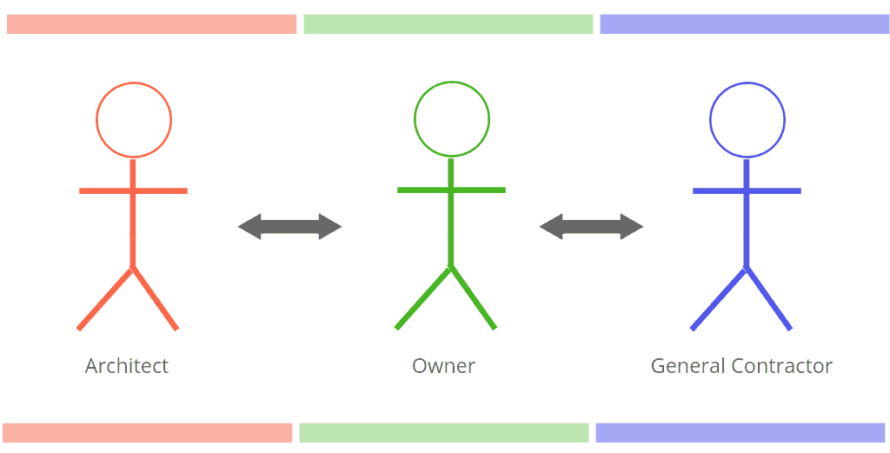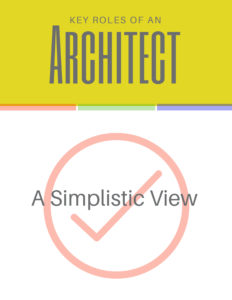
Architect or General Contractor: Who should I hire first?
This makes me think about the causality dilemma, "Which came first: the chicken or the egg?” "Chicken-and-egg" is a metaphoric adjective describing situations where it is not clear which of two events should be considered the cause and which should be considered the effect.
An Architect plans, designs, and reviews the construction of buildings, he is responsible for creating a design concept that meets your requirements. A general contractor is responsible for the day-to-day oversight of a construction site, management of vendors and trades, and the communication of information to all parties throughout the course of the building.
So, who should you hire first? It depends!
The Architect Driven Process--We are the solvers and protectors of our client’s vision. This responsibility demands an inherent level of control that borders on obsession, some might even call us “Control Freaks.” With carefully constructed design plans in hand, the architect can then invite general contractors to bid on the project.
In my practice, we systematically own contractor involvement because they are an integral part of the process as a Building Science Resource, as a concept sounding board and, as a checks and balance tool with regard to construction cost. Early engagement with the general contractor affords a greater institutional knowledge of the project. The benefits are seen through better outcomes in timeline, budgets, and ultimately elevation of the client’s confidence level trust between the team members.
The Builder Driven Process--Traditionally, this model has been a source of irritation for most architects. The reason for this is largely attributed to a lack of clear division of labor during both the design and construction phase.
At JCA, we have actually embraced this challenge. We seek to actively engage with the contractor and conversely become a resource to them. By systemizing our process, we can now scale our architectural scope of work to maximize value to the builder and their clients even within tight schedules.
The added benefits for us have been pleasant: easy billing; additional opportunities and clean division of labor. For the client: smaller fee structures; construction loan availability and steam-lined communication.
Maybe you should instead be asking “Architect or General Contractor: How does this work?”
A positive relationship between the architect and general contractor is extremely important because it helps the construction project flow smoothly from start to finish. It’s best to leave egos and control tendencies at home. When a positive, working relationship is developed disagreements can be minimized and the project can move more efficiently from one phase to the next.
From a business perspective I believe speculative residences have been a great way to develop this sort of long-term and mutually beneficial relationship. Short schedules require clear scopes of work from the architect while also giving the architect significant control of the design. The general contractor in turn benefits from highly creative and productive work that sets his product apart in the marketplace while setting himself up for long-term referrals from a known quantity that essentially pre-qualifies his potential clients. Speculative work allows development of the relationship “off-line” to future client benefit.
Still unsure about the role of an Architect?
This infographic gives it to you in simple terms.
Download Here

